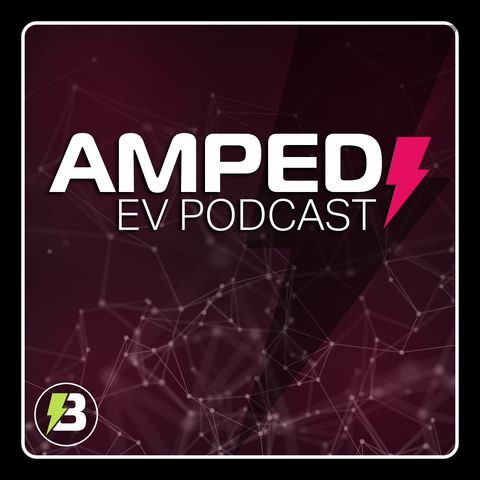23 OTT 2023 · The U.S. energy grid is a complicated, dynamic system involving a vast infrastructure, power generation, transmission, distribution, substations, and so much more. Thus, it would be easy to assume that creating your own, personal microgrid – something that fleets across the country are beginning to experiment with – would be a hair-pulling, blood-boiling process.
The truth is that establishing a microgrid can be an intimidating experience, but doing so can be well worth it for fleets making the transition from diesel- to electric-powered vehicles. Setting up a microgrid allows the fleet to create a localized energy systems that offer control over power generation, involving components like batteries, solar panels, and software solutions. Microgrids integrate batteries, solar panels, and generators with software solutions, granting control over start-stop functions, scheduling and historical records.
"To call something a microgrid can make it kind of daunting, but in reality, it's just the way you get power onto your property," says Terry O'Day, the chief operating officer and co-founder of InCharge Energy, a company that works with fleets to establish microgrids and renewable energy charging capabilities. "We can get you in business with a microgrid in nine months, and that will solve the problem of fueling on site."
On this episode of The Amped EV Podcast, we speak with O'Day about the benefits of microgrids for fleet managers, such as providing fueling for EVs on-site and allowing for better control over charging schedules. We discuss the key factors fleet owners should consider when evaluating the feasibility of integrating microgrids, including fleet size, power needs, and available real estate.
The Buzz: www.thebuzzevnews.com


